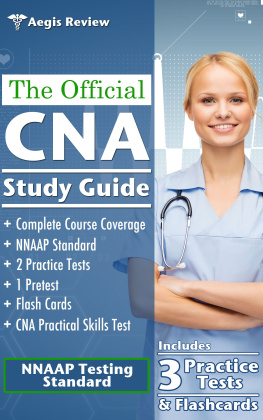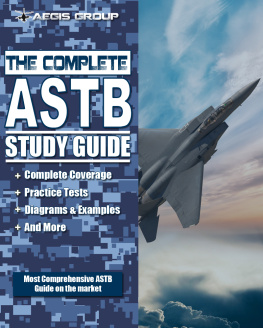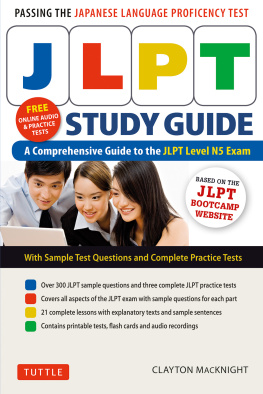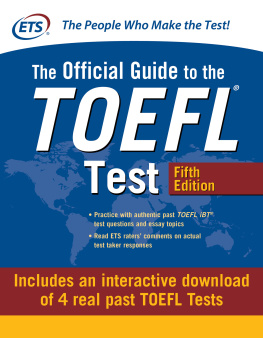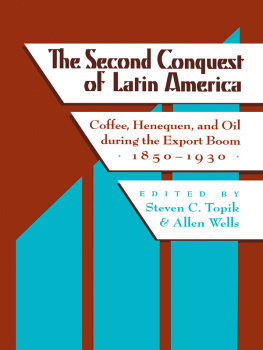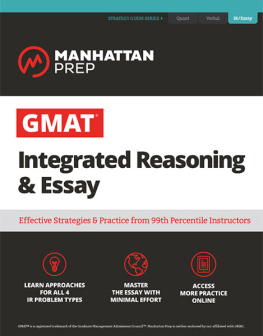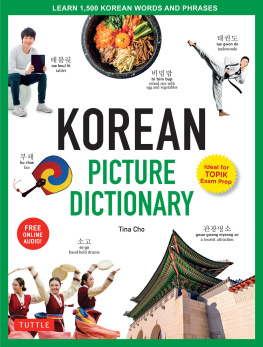TOPIK
Self-Study
Guide
Test of Proficiency in Korean
For All Levels
By
TOPIK GUIDE
www.topikguide.com
~~~
Smashwords Edition
Copyright 2014 Satish Chandra Satyarthi
Smashwords Edition, License Notes
Thank you for downloading this ebook. Thisbook remains the copyrighted property of the author, and may not beredistributed to others for commercial or non-commercial purposes.If you enjoyed this book, please encourage your friends to downloadtheir own copy from their favorite authorized retailer. Thank youfor your support.
** This book is a part of Complete Guideto TOPIK - The Self-Study Package which includes 20+Video Lessons for all 3 levels - Beginner, Intermediate andAdvanced as well as 15 Korean Language eBooks and 15+ PDF studymaterials for TOPIK Preparation and study. You can get more detailsabout package here: http://www.topikguide.com/complete-guide-to-topik
Table of Contents
Chapter 1. TOPIK Overview
What is TOPIK?
TOPIK, Test of Proficiency in Korean, is awritten test designed to measure the ability of non-native speakersfor expression and comprehension in the Korean language.
TOPIK test measures proficiency in reading,writing, and listening comprehension in the Korean language. Thetest has three different levels: Beginner, Intermediate andAdvanced. Further accuracy is expressed through six grades, twomatched to each level to evaluate proficiency.
Purpose of Exam
To propagate and set direction for learning Koreafor non-native Korean speakers and overseas Koreans.
To measure and evaluate their Korean languageskills and utilize the results for in-Korea colleges andjob-seeking
Applicant Qualification
Overseas Koreans and foreigners for whomKorean is a second language and who:
Aim to learn the language and enter in-Koreauniversities
Seek jobs in companies and public institutions inKorea and overseas
Reside overseas or are attending/graduated from aforeign school
Who administers the TOPIK Test?
National Institute for InternationalEducation (NIIED), which operates directly under the Ministry ofEducation, Science and Technology, is responsible for the generalmanagement of the test, such as supervising institutionsadministering the test in domestic and overseas locations.
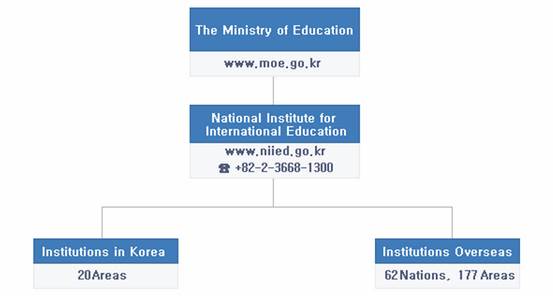
For whom is the TOPIK intended?
This comprehensive test is intended fornon-native speakers of Korean, such as Korean language learners,international students who want to study in Korea as well asindividuals who would like to work in Korean companies and publicinstitutions.
The test also serves as an excellentopportunity to receive formal certification for those who expect touse Korean in their careers. Students of Korean who take the testwill also learn which aspects of the language they need toconcentrate on in future study.
TOPIK Test Structure
TOPIK is divided into four sections:
1. Vocabulary & Grammar
2. Writing
3. Listening
4. Reading.
Each section is graded out of 100 points witha possible total of 400 points for the total exam. The testincludes composition, listening and multiple choice sections.
The test consists of two 90-minute sessionswith a 30-minute break in between. The first session testsvocabulary & grammar, and writing, and the second session testslistening and reading.
There are three different levels:Beginner, Intermediate and Advanced. Test takers who meetthe requirements will be issued a formal certificate with one ofsix possible grades: low beginner (level 1), high beginner (level2), low intermediate (level 3), high intermediate (level 4), lowadvanced (level 5), and high advanced (level 6).
TOPIK Pass and Fail Scores
In order to score grades 1, 3 or 5 you needto get an average score over 50% and not less than 40% in any onesection. To achieve grades 2, 4 or 6 you need to get an averagescore over 70% and not less than 50% in any one section.
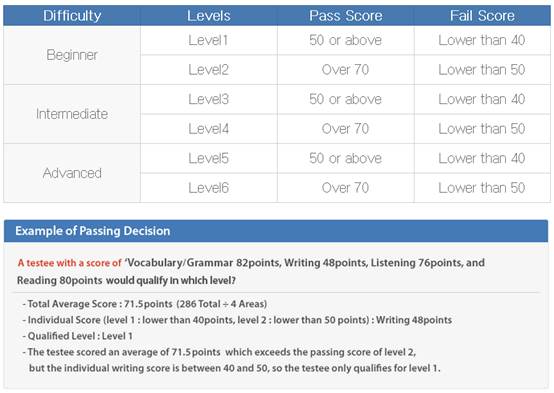
Following is the brief description of thelanguage skills demanded of each grade.
[Beginner level]
1st Grade Use of basic commands ofKorean for survival, such as greeting, purchasing, ordering, etc.Expressing and understanding oneself in simple everydayconversation by making simple sentences from 800 basic words.
2nd Grade Discussion of familiartopics employing a vocabulary of about 1,500~2,000 words.Distinguishing correctly between formal and informalsituations.
[Intermediate level]
3rd Grade Carrying out transactionswith people in public spaces and maintaining social relationships.Understanding the correct usage of words and speech. Command offundamental characteristics of Korean.
4th Grade Comprehension of newsarticles, general social issues and abstract topics with accuracyand fluency. Comprehension of Korean social and cultural contentsrelying on essential idioms and understanding of representativeaspects of Korean culture.
[Advanced Level]
5th Grade High fluency in using theKorean language in professional research or work. Understanding anddiscussing less unfamiliar topics in politics, economics and otherfields. Usage of appropriate expressions, distinguishing formal andinformal, written and spoken, by context.
6th Grade Absolutely fluent in theKorean language for professional research or work, Capacity tounderstand and express oneself without problem, although withoutthe full fluency of a native speaker.
How can I register for the TOPIK Test?
In Korea: If you are in Korea, you canregister for the test online on www.topik.go.kr .The registration fee is KRW40000 which can be paid throughdebit/credit card, online banking or direct bank transfer.
In Other Countries: In most of thecountries, the Korean Embassies administer the TOPIK tests. Youhave to visit the embassy with 2 passport size photographs and aregistration fee (which varies country to country).
When is the test conducted?
TOPIK test is conducted 5 times in a yearinside Korea (January, April, July, October, and November) andtwice a year overseas (April and October). In most countries, thebeginner and advanced level TOPIK papers are in the morning and theintermediate papers are held in the afternoon. Test is always heldon Sundays (in some countries on Saturdays as well).
How is the exam structured?
TOPIK is a 3-hour exam, which is split intotwo 90-minute papers.
Paper 1 consists of two sections: vocabulary andgrammar and writing
Paper 2 also contains two sections Listening andReading Comprehension
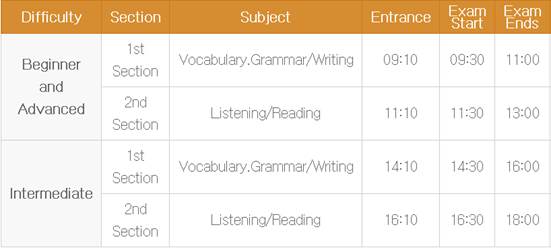
All questions are multiple choice except forthe writing section in TOPIK (which has some short answer questionsand an essay).
Question Composition
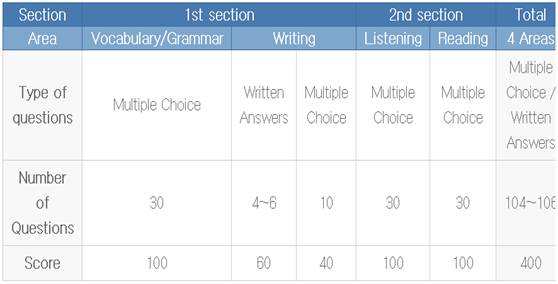
Is there any special eligibility criteria for theexam?

![Topik Guide TOPIK--The Self-Study Guide [For All Levels]](/uploads/posts/book/387869/thumbs/topik-guide-topik-the-self-study-guide-for-all.jpg)
